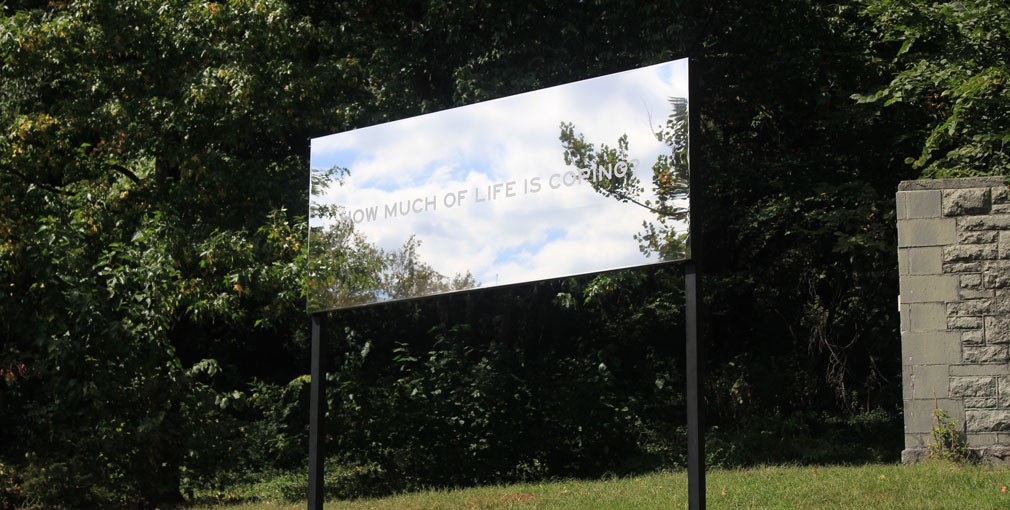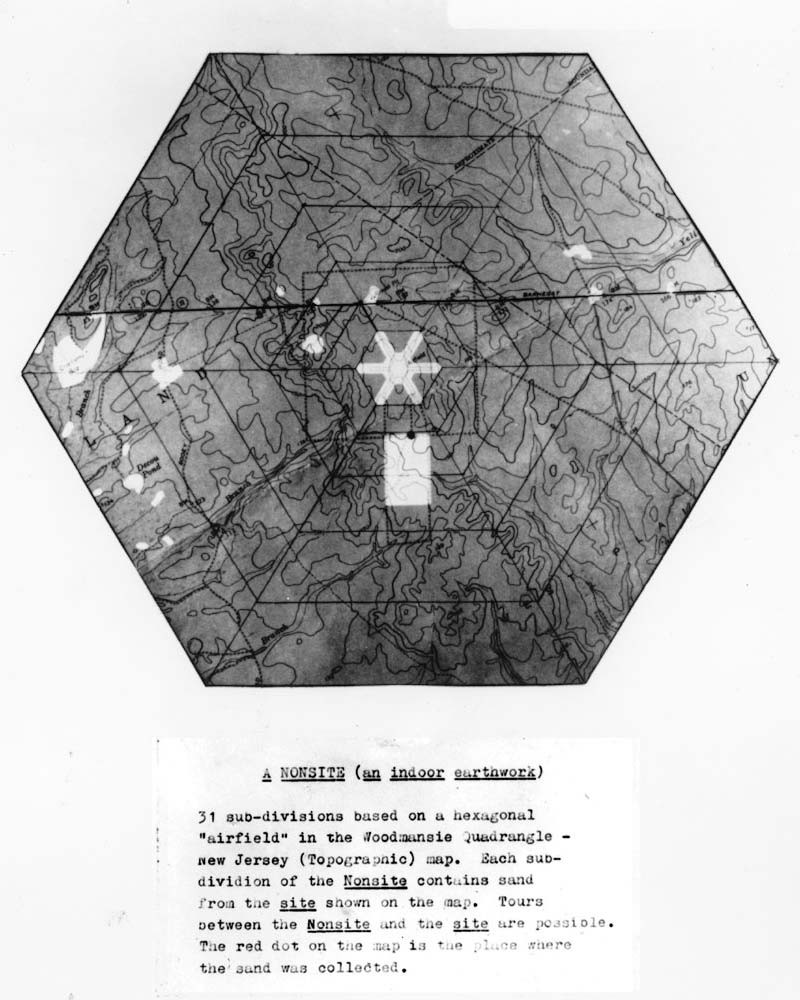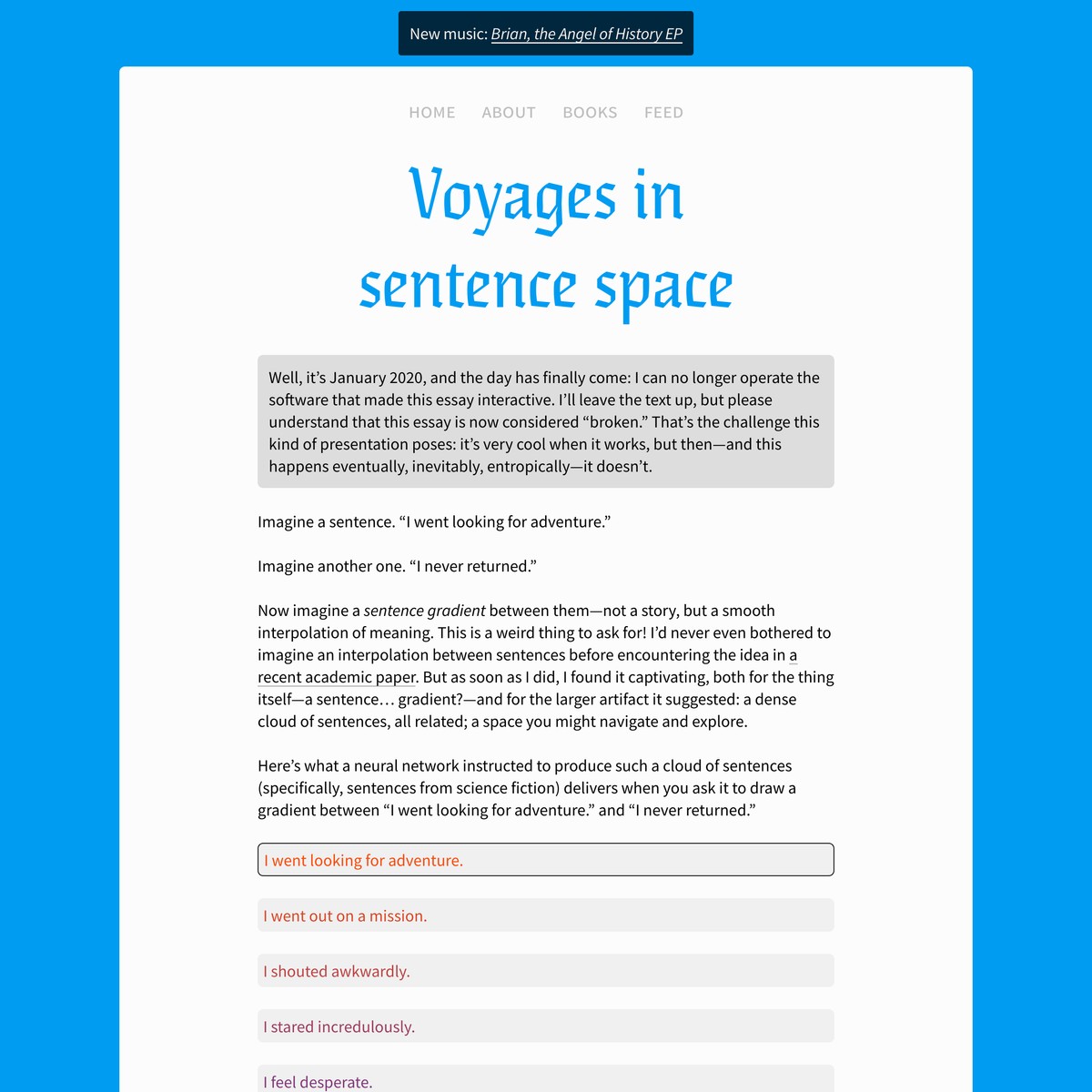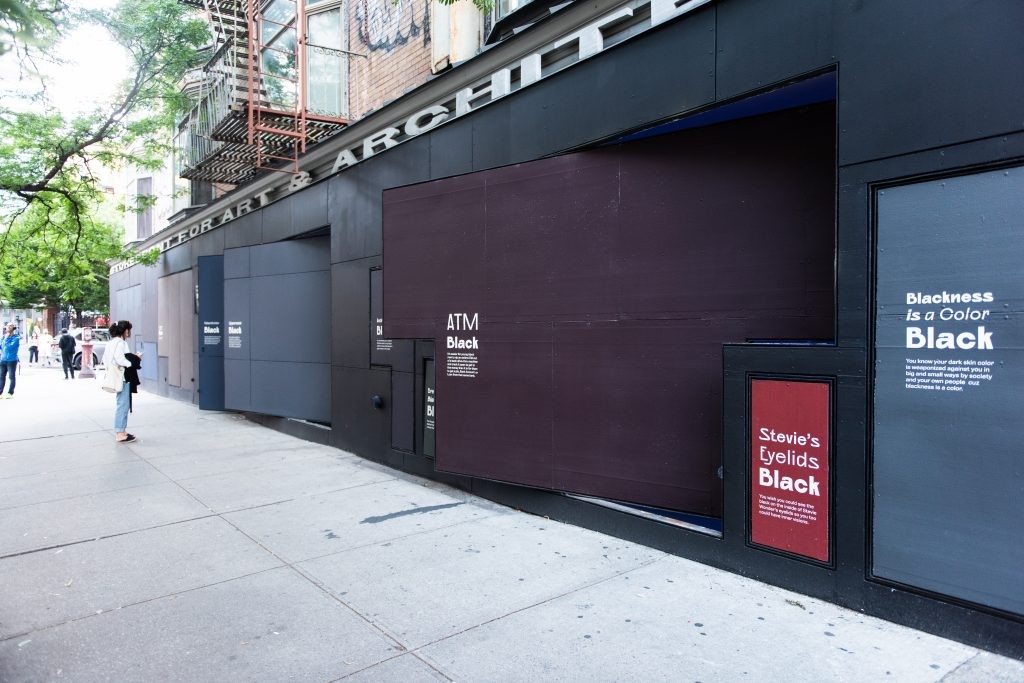syn·site
(1) an entangled situating, conjured in approximation
—naughty-site–knotty-sight—cited-knot–sighted-naught—naughty-cited-sight–knotty-cited-site—sited-cited-naughty-knot–knotted-knighted-sited-naught—sighted-knot-cited–sited-not-naught⟶
that approximation, translated and re-presented (2)
(1) an entangled situating, conjured in approximation
—naughty-site–knotty-sight—cited-knot–sighted-naught—naughty-cited-sight–knotty-cited-site—sited-cited-naughty-knot–knotted-knighted-sited-naught—sighted-knot-cited–sited-not-naught⟶
that approximation, translated and re-presented (2)
SYN (along with, at the same time | from Greek SYN, with | ~SYNTHETIC) + SITE (N: point of event, occupied space, internet address; V: to place in position | from Latin SITUS, location, idleness, forgetfulness | ~WEBSITE ¬cite ¬sight), cf. SITE/NON-SITE (from Robert Smithson, A PROVISIONAL THEORY OF NONSITES, 1968)



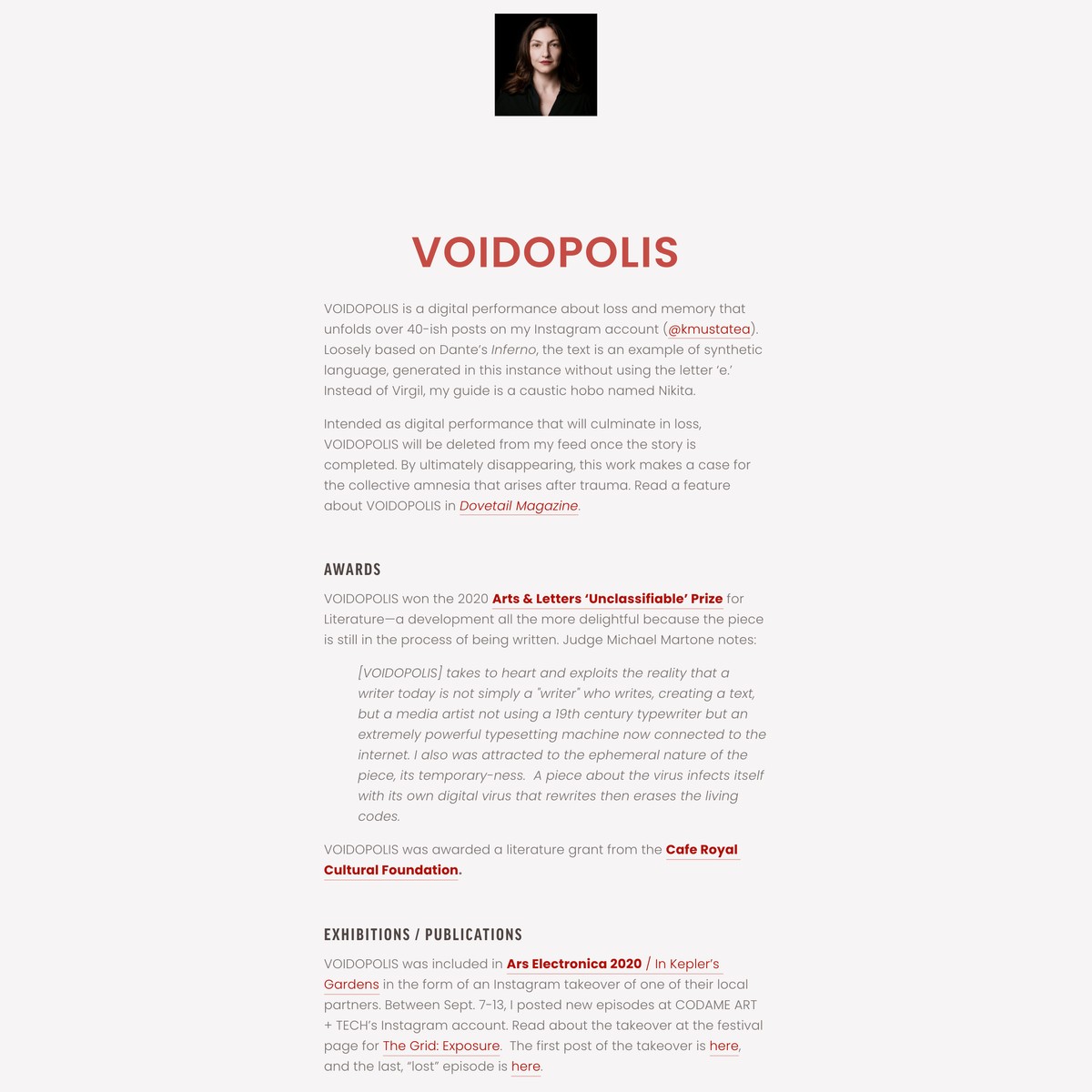





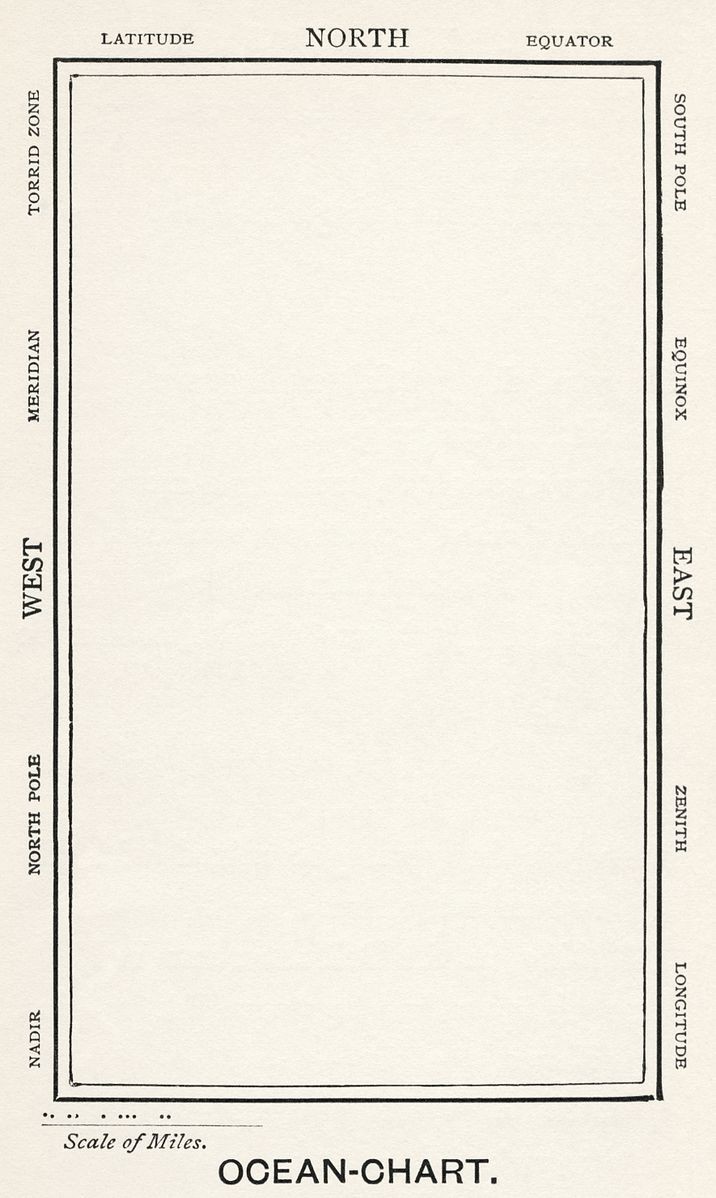


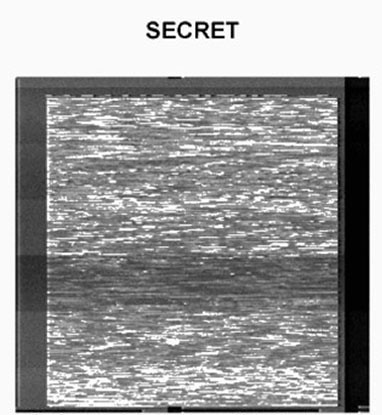


Broodthaers claims and then augments Mallarmé’s poem to produce a new, third body, a field between the works. The whole is without novelty, save the spacing of one’s reading; the blanks, in effect, assume importance. The madness of the “a self-annihilating nothing” prescription. But this was only to be expected, since Broodthaers was an imitation artist. It may be that the supreme triumph of such advanced art is to cast doubt on its own validity, mixing a deep scandalous laughter with the religious spirit. There’s a violence in this turn, the same violence that attends graffiti: Don’t think, look!
Broodthaers claims and then augments Mallarmé’s poem to produce a new, third body, a field between the works. The whole is without novelty, save the spacing of one’s reading; the blanks, in effect, assume importance. The madness of the “a self-annihilating nothing” prescription. But this was only to be expected, since Broodthaers was an imitation artist. It may be that the supreme triumph of such advanced art is to cast doubt on its own validity, mixing a deep scandalous laughter with the religious spirit. There’s a violence in this turn, the same violence that attends graffiti: Don’t think, look!
Broodthaers claims and then augments Mallarmé’s poem to produce a new, third body, a field between the works. The whole is without novelty, save the spacing of one’s reading; the blanks, in effect, assume importance. The madness of the “a self-annihilating nothing” prescription. But this was only to be expected, since Broodthaers was an imitation artist. It may be that the supreme triumph of such advanced art is to cast doubt on its own validity, mixing a deep scandalous laughter with the religious spirit. There’s a violence in this turn, the same violence that attends graffiti: Don’t think, look!
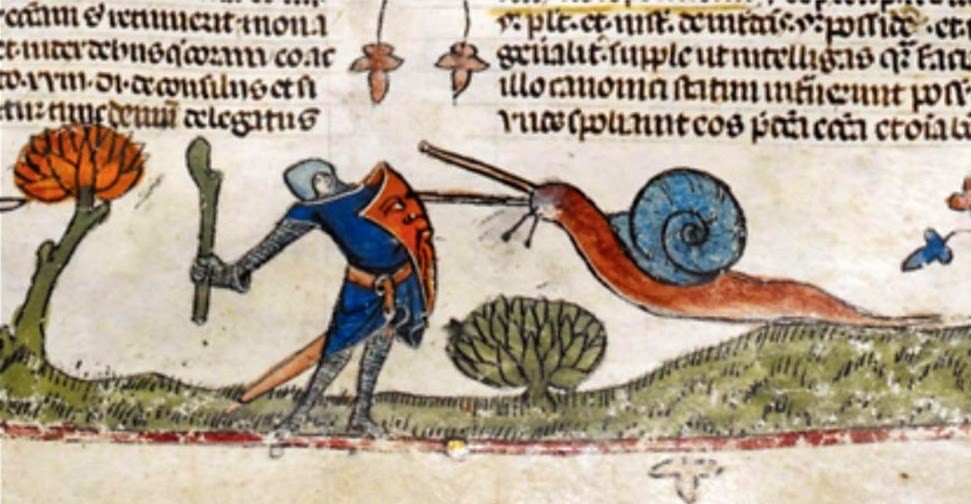


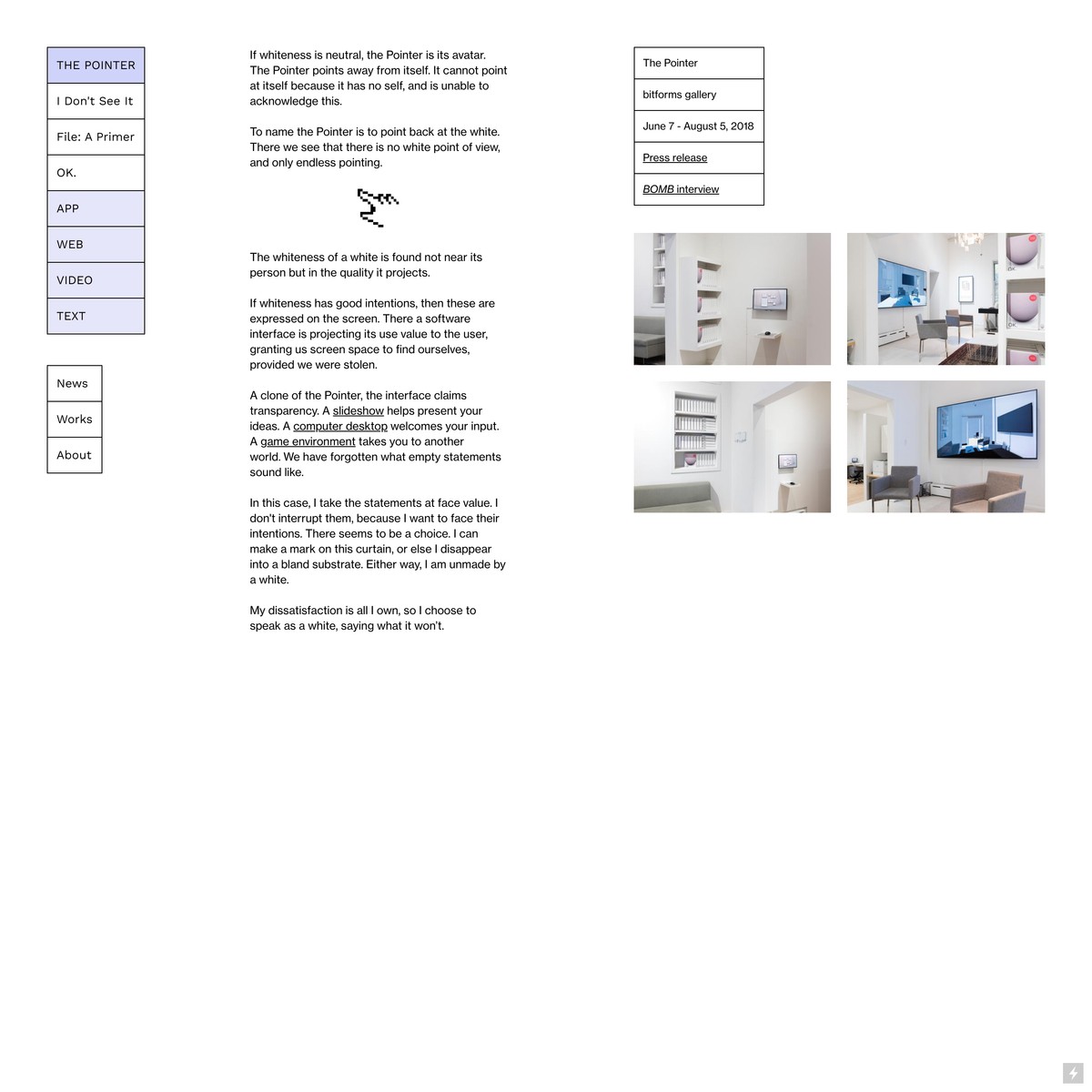


Imagine a sentence. “I went looking for adventure.”
Imagine another one. “I never returned.”
Now imagine a sentence gradient between them—not a story, but a smooth interpolation of meaning. This is a weird thing to ask for! I’d never even bothered to imagine an interpolation between sentences before encountering the idea in a recent academic paper. But as soon as I did, I found it captivating, both for the thing itself—a sentence… gradient?—and for the larger artifact it suggested: a dense cloud of sentences, all related; a space you might navigate and explore.
Imagine a sentence. “I went looking for adventure.”
Imagine another one. “I never returned.”
Now imagine a sentence gradient between them—not a story, but a smooth interpolation of meaning. This is a weird thing to ask for! I’d never even bothered to imagine an interpolation between sentences before encountering the idea in a recent academic paper. But as soon as I did, I found it captivating, both for the thing itself—a sentence… gradient?—and for the larger artifact it suggested: a dense cloud of sentences, all related; a space you might navigate and explore.
Imagine a sentence. “I went looking for adventure.”
Imagine another one. “I never returned.”
Now imagine a sentence gradient between them—not a story, but a smooth interpolation of meaning. This is a weird thing to ask for! I’d never even bothered to imagine an interpolation between sentences before encountering the idea in a recent academic paper. But as soon as I did, I found it captivating, both for the thing itself—a sentence… gradient?—and for the larger artifact it suggested: a dense cloud of sentences, all related; a space you might navigate and explore.



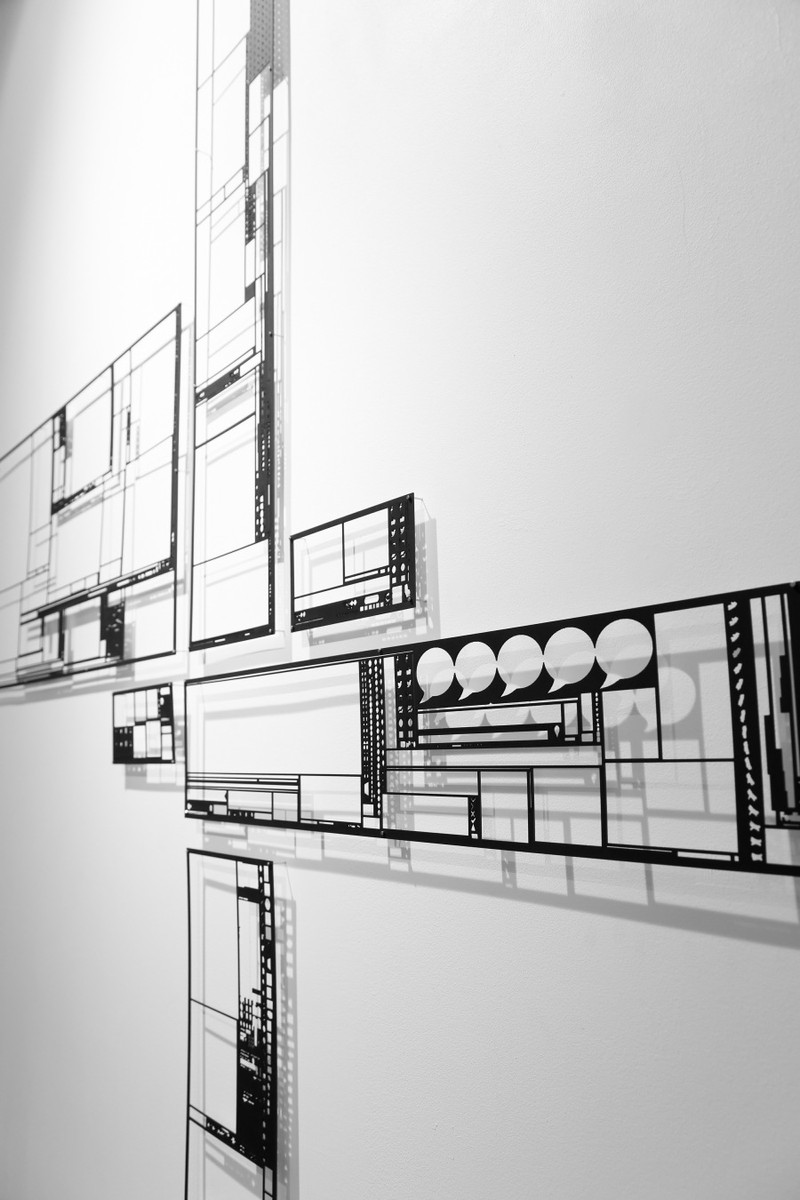


…the only hope is in error because when all the technological systems work—we are lost.
…the only hope is in error because when all the technological systems work—we are lost.
…the only hope is in error because when all the technological systems work—we are lost.
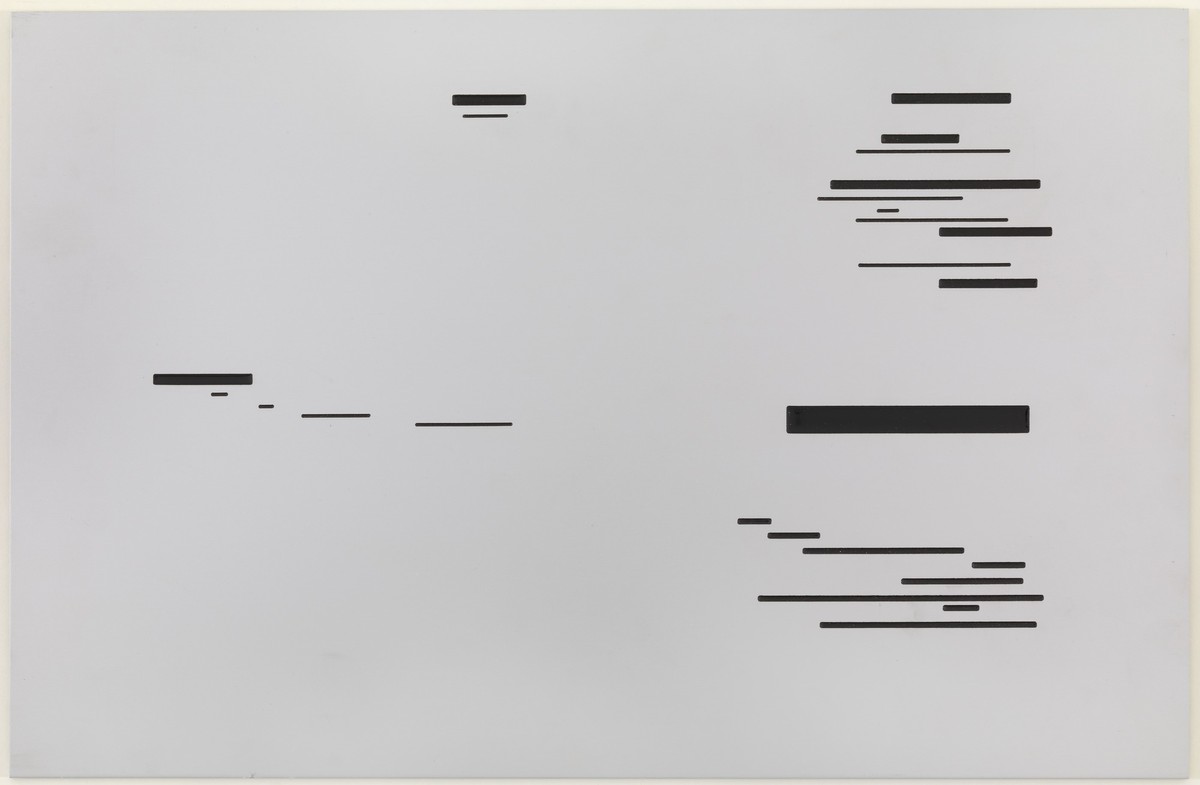








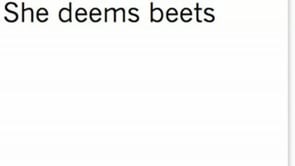





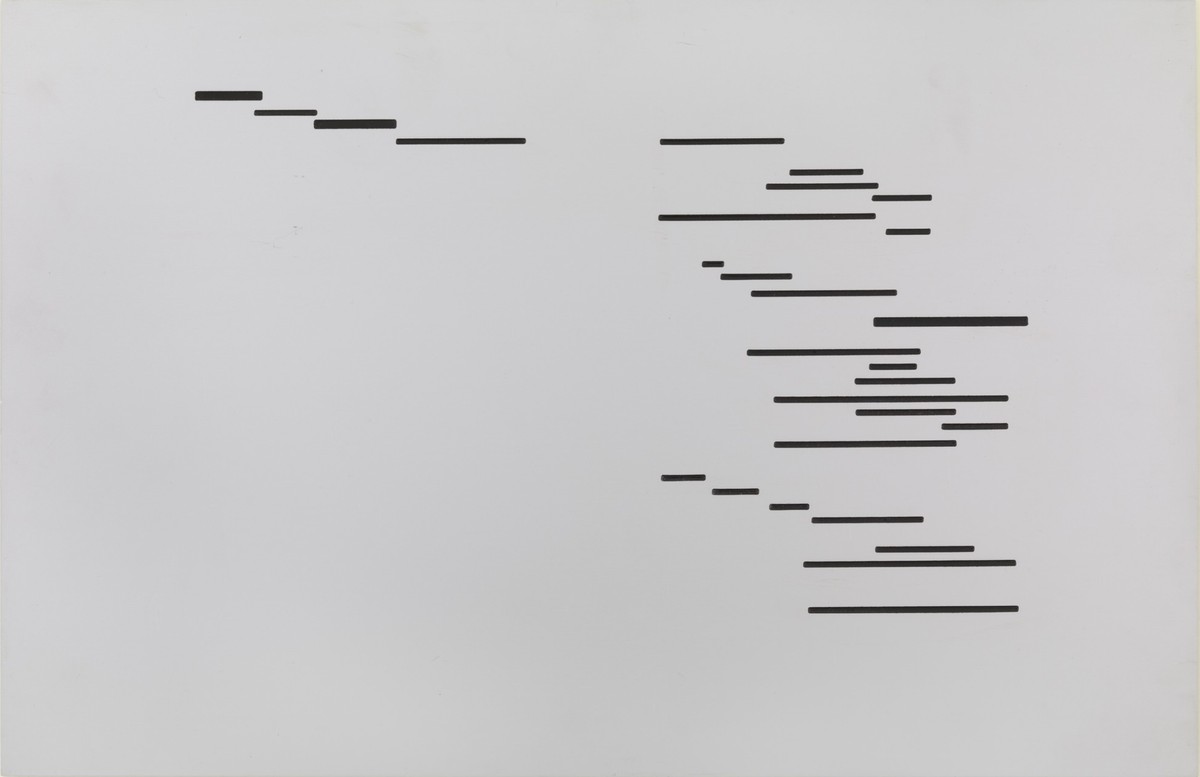


“Other maps are such shapes, with their islands and capes!
But we’ve got our brave Captain to thank”
(So the crew would protest) “that he’s bought us the best ———
A perfect and absolute blank!”
“Other maps are such shapes, with their islands and capes!
But we’ve got our brave Captain to thank”
(So the crew would protest) “that he’s bought us the best ———
A perfect and absolute blank!”
“Other maps are such shapes, with their islands and capes!
But we’ve got our brave Captain to thank”
(So the crew would protest) “that he’s bought us the best ———
A perfect and absolute blank!”



